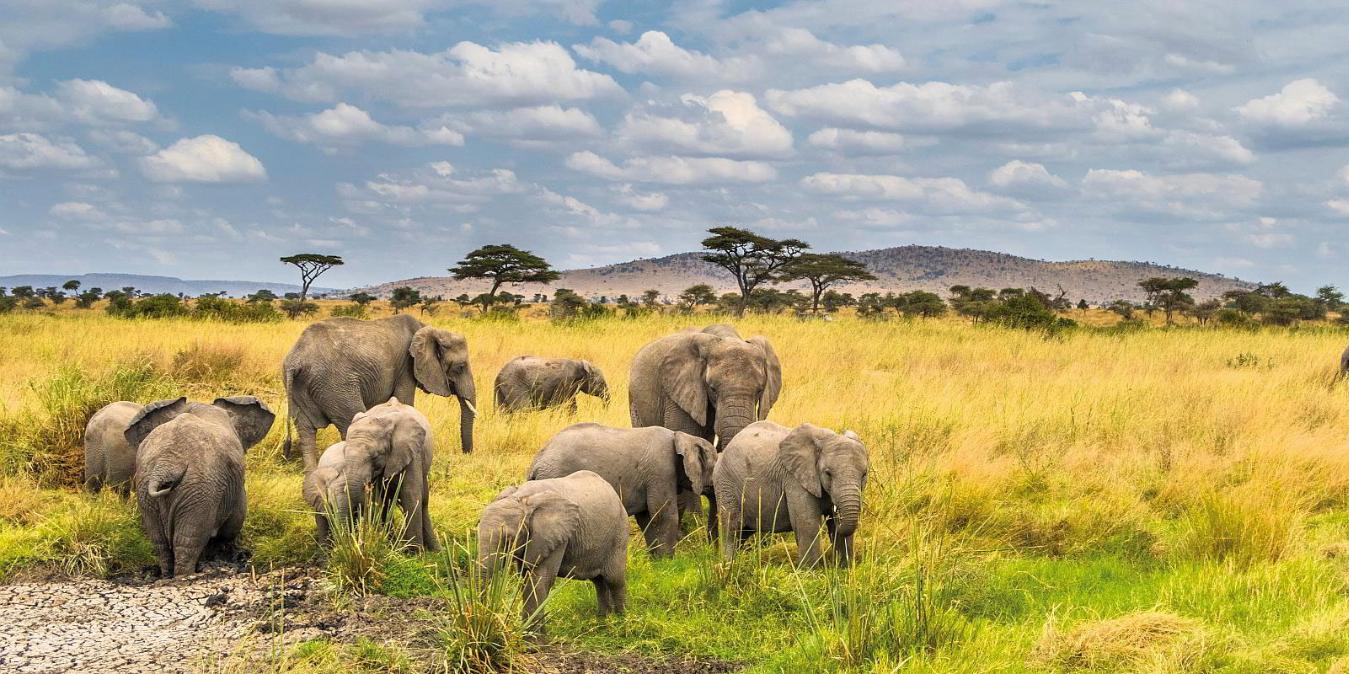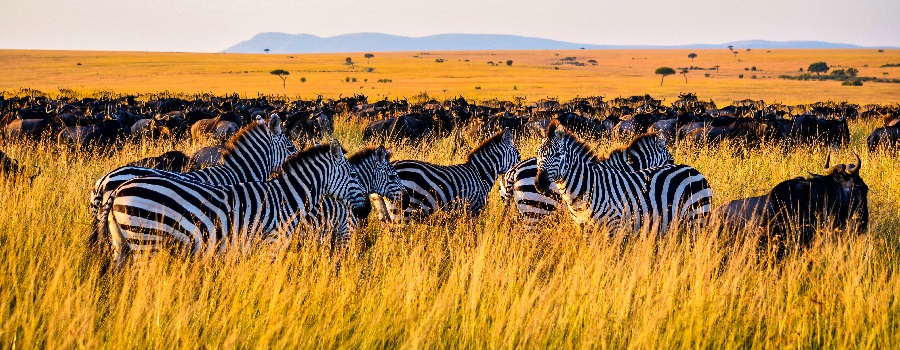How to Plan a Perfect Itinerary for Your First Tanzania Safari
Planning your first safari in Tanzania? Oh boy—you’re in for something truly special. Picture yourself cruising across the Serengeti with wildebeest as far as the eye can see, watching elephants wander gracefully in Tarangire, or gazing into the Ngorongoro Crater like you’ve just stepped into nature’s very own amphitheater. Sounds dreamy, right? But here’s the catch: with so many parks, activities, and experiences to choose from, it can feel overwhelming to piece together the perfect itinerary.
The truth is, no two safaris are exactly alike. Some travelers crave nonstop wildlife action, others want a blend of adventure and relaxation (hello, Zanzibar beaches), while some are after an authentic cultural connection with Tanzania’s people. So, the trick is crafting an itinerary that strikes the right balance—without rushing through or missing out on the magic. In this guide, we’ll break down everything you need to know: the best time to go, how long to stay, must-visit parks, and even sample itineraries to inspire your trip.
Step 1: Pick the Best Time to Visit Tanzania
The timing of your safari can completely change your experience. Tanzania’s wildlife is incredible year-round, but certain months bring extra drama and variety.
-
June to October – The dry season. Think sunny skies, thinner vegetation (so animals are easier to spot), and herds crowding around watering holes. This is also when the Great Migration river crossings happen, so it’s a bucket-list season for many travelers.
-
November to March – The green season. You’ll see lush landscapes, fewer crowds, and excellent birdwatching. Bonus: this is calving season for wildebeest in the southern Serengeti (January to March), which means baby animals galore and plenty of predator action.
-
April to May – The long rains. Many lodges close, roads can be muddy, and game drives tricky. If you’re on a strict budget though, this is when you’ll find the best deals.
Tip: If this is your very first safari, the dry season (June to October) is your safest bet for reliable game viewing and classic safari vibes.
Step 2: Decide How Many Days to Spend
How long should your first safari be? That’s the golden question. The sweet spot for most first-time visitors is 7 to 10 days. This gives you enough time to explore multiple parks without feeling rushed.
-
5–6 days: A quick taste of Tanzania. Great if you’re pairing safari with Zanzibar or a Kilimanjaro trek.
-
7–8 days: Balanced and immersive. You’ll have time to see at least 3 major parks, with a mix of game drives and downtime.
-
10+ days: The ultimate adventure. Perfect if you want to see both the northern circuit (Serengeti, Ngorongoro, Tarangire, Lake Manyara) and end with relaxation on Zanzibar’s beaches.
Tip: Don’t overpack your itinerary. Spending 2–3 nights in each park allows you to sink into the rhythm of safari life instead of rushing from one lodge to another.
Step 3: Choose Your Parks Wisely
Tanzania has a ton of national parks, but for a first safari, it’s best to stick with the highlights of the Northern Circuit—they’re iconic, easy to combine, and full of wildlife action.
Serengeti National Park
The star of the show. Endless plains, massive herds of wildebeest and zebra, and predators galore. If the Great Migration is on your bucket list, this is the place to be. Plan at least 3 nights here for the full experience.
Ngorongoro Crater
A UNESCO World Heritage Site and one of the most breathtaking safari destinations in Africa. Picture a giant volcanic crater packed with wildlife—rhinos, lions, elephants, and more—all against a jaw-dropping backdrop. A day trip or 1 night here is perfect.
Tarangire National Park
Known for its giant baobab trees and massive elephant herds. It’s quieter than the Serengeti and Ngorongoro, but it’s a hidden gem, especially in the dry season when animals gather around the Tarangire River. Spend 1–2 nights here.
Lake Manyara National Park
Smaller and often overlooked, but worth it if you have time. Famous for tree-climbing lions and flocks of flamingos. Great for a half-day to 1 night.
Optional Add-On: Zanzibar – After days of dusty game drives, unwinding on white-sand beaches with turquoise waters is the perfect ending. Think snorkeling, spice tours, and Stone Town exploration.
Step 4: Balance Game Drives with Culture and Relaxation
Yes, the wildlife is amazing—but don’t forget about Tanzania’s people and culture. Adding a cultural visit can make your itinerary even richer.
-
Maasai Village Visit: Learn about traditional Maasai customs, dances, and crafts.
-
Local Markets in Arusha or Karatu: A colorful glimpse into everyday Tanzanian life.
-
Walking Safari: A slower, more intimate experience that lets you notice the little details—animal tracks, birds, plants—that you’d miss from a vehicle.
Mixing game drives with cultural or relaxing activities ensures you don’t burn out from too many early mornings. Remember, a safari is about savoring the journey, not rushing through a checklist.




